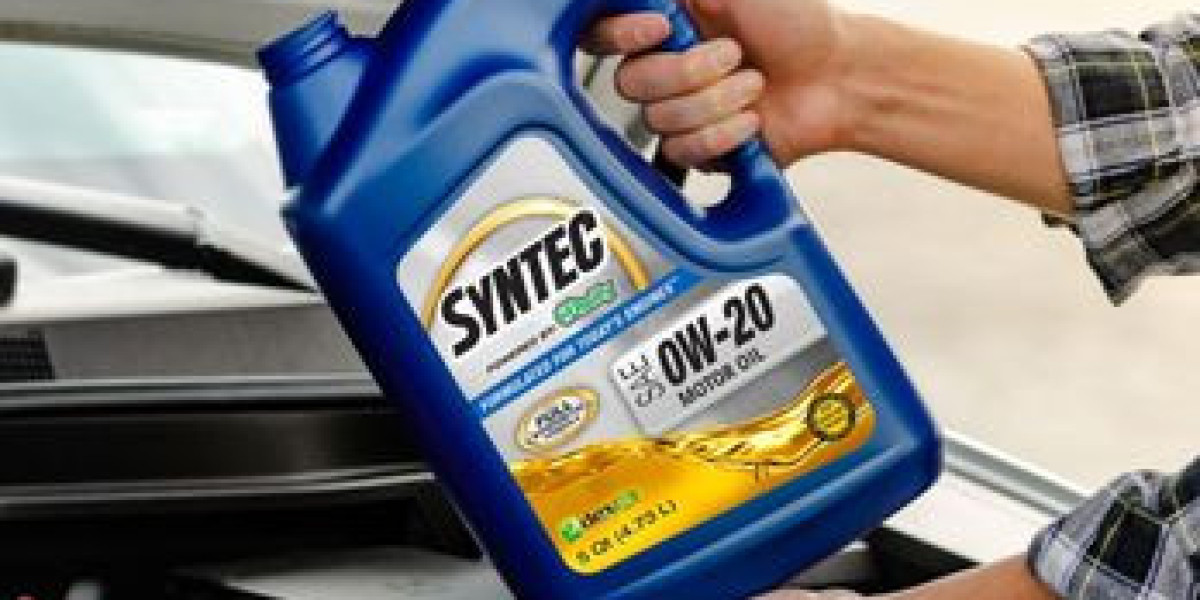The pervious pavement market is experiencing growth due to increasing urbanization and environmental concerns. This type of pavement allows water to infiltrate through its surface, reducing runoff and improving stormwater management. Key drivers include regulations promoting sustainable construction practices and the need for flood mitigation. The market is characterized by various materials, such as porous concrete, permeable asphalt, and interlocking pavers, with applications in roads, parking lots, and sidewalks. As awareness of environmental benefits rises, demand for pervious pavement solutions is expected to increase.
Pervious Pavement Market Size and Growth
The global pervious pavement market size reached approximately USD 19.79 billion in 2023, driven by rising urbanization and the increasing need for effective stormwater management solutions. Pervious pavements, which allow water to seep through their surface, are becoming essential for mitigating urban flooding, enhancing groundwater recharge, and promoting sustainable urban development. The growing awareness of environmental benefits and regulations favoring green infrastructure are key factors contributing to market expansion.
Looking ahead, the pervious pavement market is projected to grow at a compound annual growth rate (CAGR) of 5.2% during the forecast period from 2024 to 2032. By 2032, the market is expected to reach nearly USD 31.17 billion. This growth will be fueled by advancements in pervious materials such as porous concrete and permeable asphalt, along with an increasing number of infrastructure projects that prioritize eco-friendly solutions. As municipalities and developers increasingly adopt sustainable practices, the demand for pervious pavements is set to rise, making it a significant segment within the construction industry.
Pervious Pavement Market Share
The pervious pavement market share is predominantly held by North America and Europe, where stringent environmental regulations and sustainability initiatives drive adoption. North America accounts for a significant portion due to extensive urban development and infrastructure projects focused on green solutions. In Europe, the push for eco-friendly construction practices and effective stormwater management enhances market penetration. The Asia-Pacific region is emerging as a growing market, fueled by rapid urbanization and increasing awareness of sustainable materials. The market is characterized by various product types, including porous concrete and permeable asphalt, each contributing to the overall share.
Pervious Pavement Market Trends
The pervious pavement market is experiencing several key trends:
1. Sustainable Urban Development: Increasing emphasis on green infrastructure and sustainable building practices is driving the adoption of pervious pavements. Municipalities are prioritizing eco-friendly solutions to manage stormwater and reduce urban flooding.
2. Technological Advancements: Innovations in materials, such as enhanced porous concrete and permeable asphalt, are improving durability and performance. These advancements make pervious pavements more appealing for various applications, including roads, parking lots, and pedestrian pathways.
3. Regulatory Support: Governments worldwide are implementing regulations and incentives to promote the use of permeable materials. This includes mandates for sustainable construction practices and funding for green infrastructure projects.
4. Increased Awareness: Growing awareness of environmental issues, such as water conservation and urban heat islands, is driving demand for pervious pavements. Educational initiatives are helping stakeholders understand the benefits of stormwater management.
5. Market Diversification: The market is witnessing diversification in product offerings, with various designs and materials catering to specific applications and aesthetic preferences. This trend is attracting a broader range of customers, including residential developers and commercial projects.
Market Opportunities and Challenges
Opportunities
1. Growing Demand for Sustainable Solutions: With increasing awareness of environmental issues, there is a rising demand for sustainable construction materials, creating opportunities for pervious pavements in urban development projects.
2. Government Initiatives: Many governments are implementing regulations and incentives to promote green infrastructure, providing financial support for projects that utilize pervious pavement technologies.
3. Technological Advancements: Innovations in material science are leading to improved durability and effectiveness of pervious pavements, expanding their applications in various sectors, including commercial, residential, and industrial developments.
4. Urbanization and Infrastructure Development: Rapid urbanization and infrastructure growth in developing regions present significant market opportunities for pervious pavements as cities look for effective solutions to manage stormwater.
Challenges
1. High Initial Costs: The installation of pervious pavements can be more expensive than traditional paving options, which may deter some developers and municipalities from adopting them.
2. Maintenance Requirements: Pervious pavements require regular maintenance to prevent clogging and ensure optimal performance, which can be perceived as a drawback by some stakeholders.
3. Limited Awareness: Despite the growing trend towards sustainability, there is still a lack of awareness and understanding of the benefits and applications of pervious pavements among some builders and consumers.
4. Climate Variability: In regions with extreme weather conditions, the effectiveness of pervious pavements can be challenged, necessitating further research and adaptation to ensure reliability.
Pervious Pavement Market Analysis
The pervious pavement market is characterized by a growing recognition of the environmental benefits associated with sustainable construction practices. As urban areas expand, the need for effective stormwater management solutions becomes increasingly crucial. Pervious pavements, which facilitate water infiltration and reduce runoff, are gaining traction in various applications, including roads, parking lots, and pedestrian pathways. The market is influenced by technological advancements that enhance the performance and durability of these materials, allowing for broader adoption across diverse sectors.
Competitive dynamics in the market are driven by key players focusing on product innovation and strategic partnerships to enhance their market presence. Regulatory support from governments worldwide, aimed at promoting green infrastructure, is also a significant driver. However, challenges such as higher initial installation costs and maintenance requirements need to be addressed to foster wider acceptance among developers and municipalities. Overall, the pervious pavement market is positioned for growth, supported by increasing urbanization, environmental awareness, and a shift towards sustainable building practices. As stakeholders prioritize eco-friendly solutions, the demand for pervious pavements is expected to rise significantly in the coming years.
Competitive Landscape
The key players in the industry includes
- LafargeHolcim Ltd.
- Chaney Enterprises
- Fred Adams Paving Co., Inc.
- Pervious Paving Contractors LLC
- Pervious Concrete, Inc.
- Others
Media Contact
Company Name: Claight Corporation
Contact Person: John Walker, Corporate Sales Specialist – U.S.A.
Email: sales@expertmarketresearch.com
Toll Free Number: +1-415-325-5166 | +44-702-402-5790
Address: 30 North Gould Street, Sheridan, WY 82801, USA
Website: https://www.expertmarketresearch.com
Aus Site: https://www.expertmarketresearch.com.au






